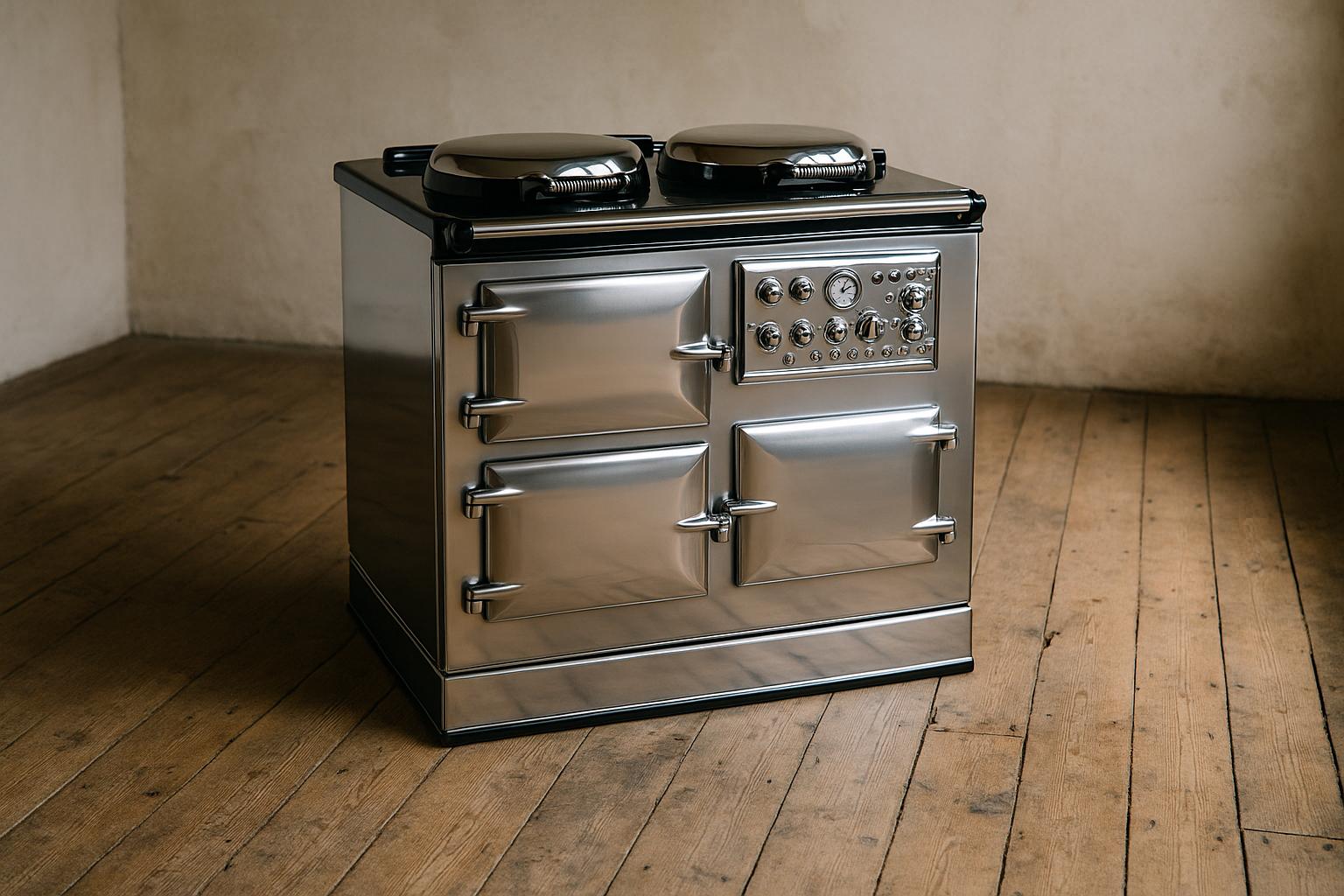When purchasing a countryside home, many buyers can relate to the desire to include certain appealing features seen during viewings—such as an Aga stove in the kitchen, a distinctive garden sculpture, or a bespoke marble bath in the ensuite. However, securing these items as part of the sale requires careful attention to legal distinctions and documentation.
The fundamental difference lies between “fixtures” and “fittings” (also known as chattels). Fixtures are items physically attached to the property and generally expected to remain after the sale. This includes elements like fitted kitchen units, wall-mounted ovens, radiators, or integrated bathroom sanitary ware. According to HM Revenue & Customs, items like Agas, fitted bathroom fixtures, solar panels, and alarm systems fall under this category. Conversely, fittings or chattels are typically movable items not permanently affixed, such as free-standing furniture, curtains, light shades, or personal garden ornaments. Thus, while a built-in kitchen unit would remain, a free-standing bespoke bath or a garden sculpture may legally be excluded unless explicitly included in the sales agreement.
Sellers retain the right to remove fittings unless they have agreed otherwise in writing. This makes early negotiation critical. Buyers should promptly raise these requests, ideally at the offer stage, by informing the estate agent or seller that they wish to include specific items like the Aga, garden sculpture, or marble bath. If the seller consents, these items must be clearly documented to avoid misunderstandings.
Key to formalising what stays and what goes is the completion of the Fittings and Contents Form, commonly known as the TA10. This form, provided and completed by the seller, details room by room what items are included, excluded, or negotiable in the sale. It becomes legally binding once contracts are exchanged. In cases where unique or unusual items—such as an intricate garden sculpture or a free-standing bespoke bath—are involved, a bespoke separate inventory may be advisable for clarity.
Legal experts emphasise the necessity of having all agreements in writing prior to exchange. Manjinder Kaur Atwal, director of property law at Duncan Lewis Solicitors, notes that buyers frequently fall for a property based on these special features, only to be disappointed if they are removed before completion. She advises that if something is classed as a fitting, the seller is under no obligation to leave it unless explicitly agreed. Sometimes sellers may agree freely, especially if the items are difficult to move or unwanted; other times, they may request a higher price or refuse altogether, leaving the buyer to decide whether to adjust their offer.
Joanne Ellis, a partner at Stephensons, stresses that while sellers cannot generally be forced to include items that are not physical parts of the property, thorough discussion early in the process is essential. Where sellers do not intend to include certain items, buyers may seek to negotiate a separate sale for these, with any agreement confirmed in writing, such as through emails or formal contract addenda. Ellis also reminds buyers that even a written agreement can be altered by the seller until contracts are exchanged, underscoring why buyers should not complete the purchase unless fully satisfied with the arrangements.
The importance of clear communication and documentation cannot be overstated, with estate agents playing a useful role in identifying which items are fixtures versus fittings. Solicitors advise scrutinising the TA10 form carefully to ensure it matches any verbal or written agreements reached. If discrepancies arise or the form does not include the desired items, legal recourse after completion may be sought, but this is often more complex and less desirable than ensuring clarity upfront.
Ultimately, if you want features like a kitchen Aga, a garden sculpture, or a bespoke bath included in the purchase of a home, your best strategy is to raise these requests immediately and secure them in writing through the TA10 or an agreed inventory before you exchange contracts. This approach reduces the risk of disappointment on moving day and helps ensure the property you fall in love with is the one you move into.
📌 Reference Map:
- Paragraph 1 – [1], [7]
- Paragraph 2 – [1], [2], [7]
- Paragraph 3 – [1], [3], [4]
- Paragraph 4 – [1], [3], [5], [6]
- Paragraph 5 – [1]
- Paragraph 6 – [1]
- Paragraph 7 – [1], [3], [5], [6]
Source: Noah Wire Services
